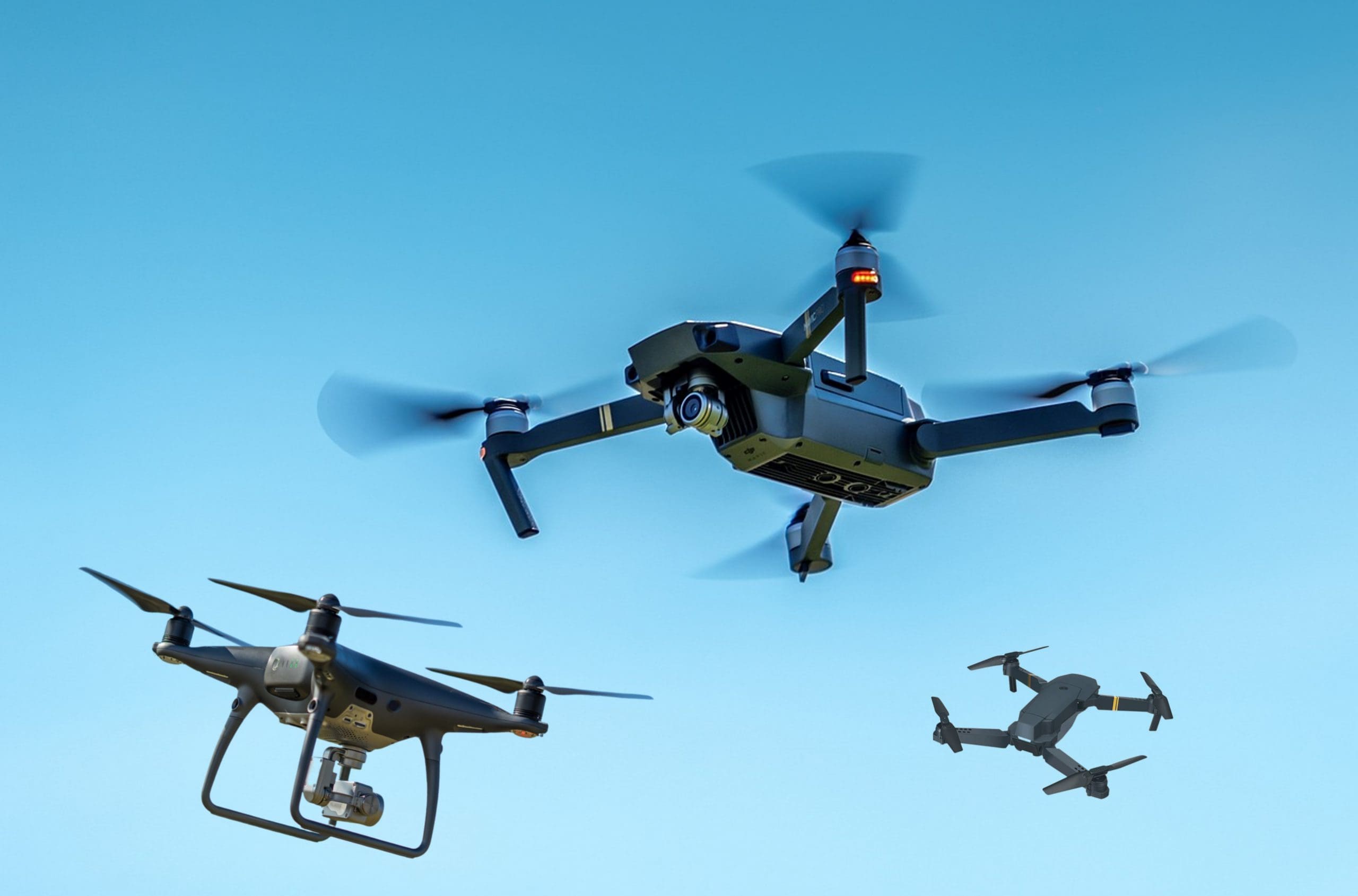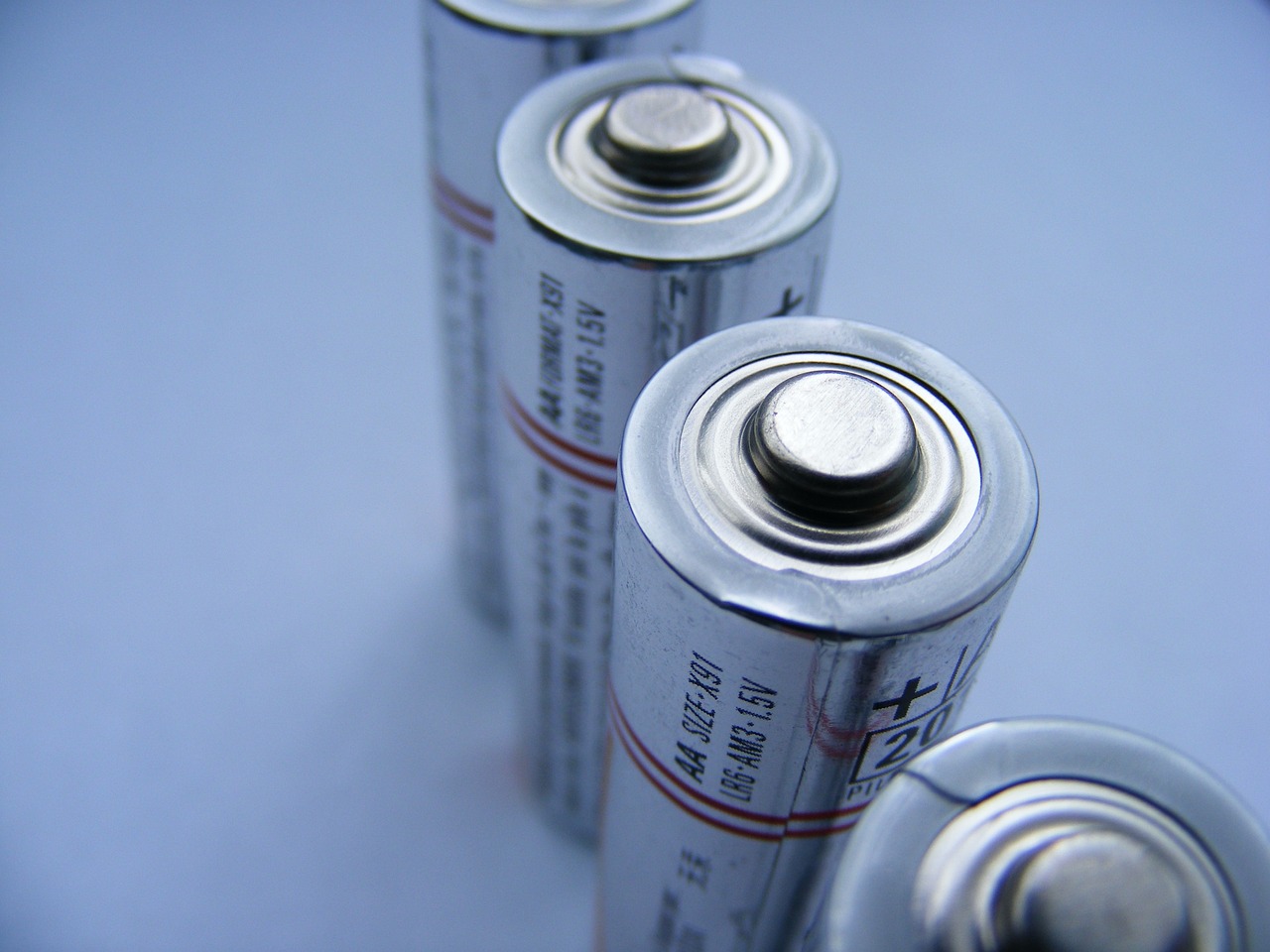This post is also available in:
 עברית (Hebrew)
עברית (Hebrew)
A recent live demonstration by the U.S. Army has highlighted the growing role of directed energy weapons in counter-drone operations. During the exercise at Camp Atterbury, Indiana, a high-powered microwave system known as Leonidas successfully disabled 49 drones in a single operation.
Rather than using interceptors or lasers, the system projects electromagnetic energy to disrupt drone electronics. The result: unmanned aerial systems are rendered non-functional mid-flight, without requiring direct physical impact or traditional jamming techniques.
The system’s wide-area effect allows it to neutralize multiple threats at once, and the system can operate continuously as long as it remains powered, according to NextGenDefense. Unlike laser-based systems that require precise targeting and line of sight, Leonidas operates more broadly and without relying on GPS or radio signal disruption—countering drones that may be operating over mobile data networks or autonomous protocols.
As drone swarms become more common in both state and non-state threats, conventional defensive systems are increasingly seen as insufficient. Interceptor missiles are costly and often not scalable for defending against low-cost, mass-produced drones. Laser weapons, while energy-efficient, are limited to engaging targets one at a time.
Microwave systems like Leonidas are designed to fill that gap. The ability to disable multiple drones simultaneously makes it a potential asset for protecting high-risk areas such as military bases, logistics hubs, airports, or public venues.
The U.S. Army previously awarded a $66 million contract for the development of Leonidas prototypes, which have since been delivered and included in field exercises. Ongoing assessments are focused on how to integrate the system with existing surveillance and kinetic defense platforms.
While the technology is still under evaluation, the demonstration underscores a shift toward scalable, electronic-based countermeasures in response to evolving drone threats. As adversaries adopt more sophisticated and numerous unmanned systems, directed energy weapons may become a standard feature in layered air defense strategies.


























